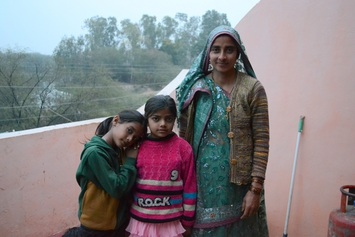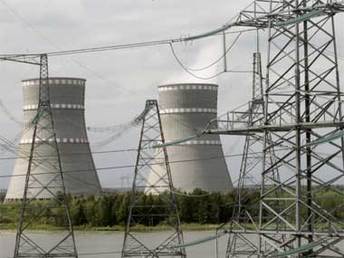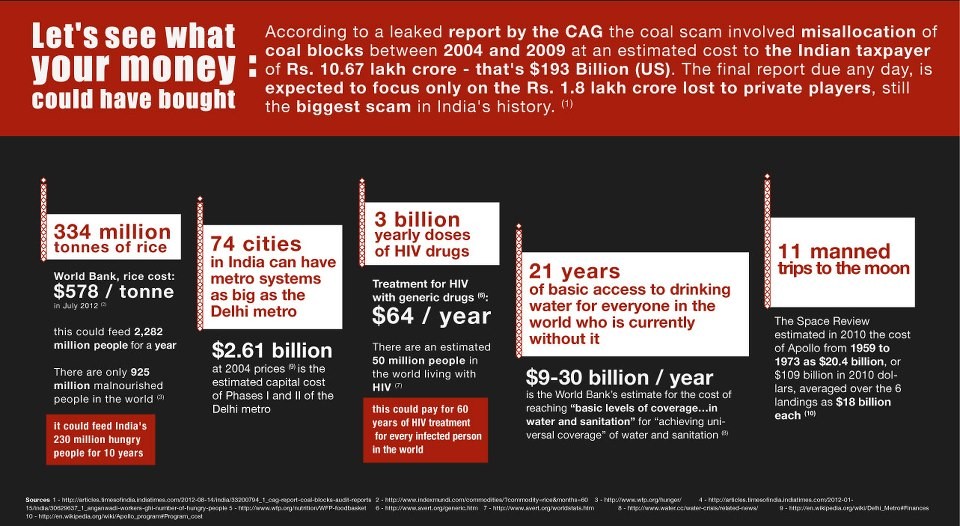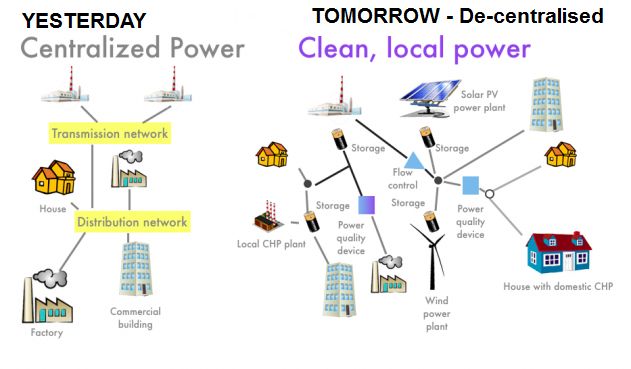By Justin Guay and Vrinda Manglik
The world's largest democracy is holding its elections, and the result will have big implications for the future of Indian energy policy.
By May 12, an expected 815 million voters — the equivalent to the combined populations of the U.S. and the European Union — will have gone to the polls to vote in India's general election. With Indian women voting at increasing rates, politicians are attempting to court female voters more than ever. The topic of energy access should not be overlooked in this election — especially since energy can largely affect women's lives and, potentially, their votes.
With elections now in full swing, some Indians have called for party endorsements of a six-point "Womanifesto." This platform is largely focused on women's equality and protection against violence and discrimination. As these issues become increasingly salient, only the new — and increasingly important — Aam Aadmi ("Common Man") Party (AAP) has offered its endorsement so far.
By May 12, an expected 815 million voters — the equivalent to the combined populations of the U.S. and the European Union — will have gone to the polls to vote in India's general election. With Indian women voting at increasing rates, politicians are attempting to court female voters more than ever. The topic of energy access should not be overlooked in this election — especially since energy can largely affect women's lives and, potentially, their votes.
With elections now in full swing, some Indians have called for party endorsements of a six-point "Womanifesto." This platform is largely focused on women's equality and protection against violence and discrimination. As these issues become increasingly salient, only the new — and increasingly important — Aam Aadmi ("Common Man") Party (AAP) has offered its endorsement so far.

And while the Womanifesto addresses many important issues, one glaring omission — increasing energy access — is cause for great concern.
In India, a shocking 290 million people lack electricity while hundreds of millions more suffer from chronic energy shortages, benefitting from only a few hours of power supply each day. This energy poverty disproportionately affects women with implications on their health and well-being.
For example, energy access can be a matter of life or death when it comes to maternal health and childbirth. Additionally, women are often responsible for providing for their families, and adequate light can save time and enhance safety by avoiding fires, burns, and indoor air pollution often associated with burning kerosene and biomass for cooking and more.
Given the importance of energy to the daily lives of women and all Indians alike, it's not surprising that both major national parties — the incumbent Indian National Congress (INC) party and the right-leaning Hindu-dominated Bharatiya Janata Party (BJP) — have made promises of providing affordable, or even free, electricity if elected.
The INC has promised to continue to implement the National Solar Mission (which is currently under attack by the U.S.) as well as a National Wind Energy Mission. The BJP has said it will promote the development of hydropower and expand the National Solar Mission as well. Additionally, the AAP has said it will provide decentralized renewable energy infrastructure — perhaps the most progressive promise of all.
In India, a shocking 290 million people lack electricity while hundreds of millions more suffer from chronic energy shortages, benefitting from only a few hours of power supply each day. This energy poverty disproportionately affects women with implications on their health and well-being.
For example, energy access can be a matter of life or death when it comes to maternal health and childbirth. Additionally, women are often responsible for providing for their families, and adequate light can save time and enhance safety by avoiding fires, burns, and indoor air pollution often associated with burning kerosene and biomass for cooking and more.
Given the importance of energy to the daily lives of women and all Indians alike, it's not surprising that both major national parties — the incumbent Indian National Congress (INC) party and the right-leaning Hindu-dominated Bharatiya Janata Party (BJP) — have made promises of providing affordable, or even free, electricity if elected.
The INC has promised to continue to implement the National Solar Mission (which is currently under attack by the U.S.) as well as a National Wind Energy Mission. The BJP has said it will promote the development of hydropower and expand the National Solar Mission as well. Additionally, the AAP has said it will provide decentralized renewable energy infrastructure — perhaps the most progressive promise of all.
But with a struggling coal sector failing to provide energy access for all and even causing the world’s largest blackout, something needs to change. Worse yet, following the "coalgate scandal," in which private developers secured public coal assets for next-to-nothing, the corruption within the energy sector has further hindered its expansion.
For some time, Indian politicians have been campaigning with promises to deliver more energy, yet many people still lack electricity. Plus, politics have even caused electricity loss surrounding the election cycle.
For some time, Indian politicians have been campaigning with promises to deliver more energy, yet many people still lack electricity. Plus, politics have even caused electricity loss surrounding the election cycle.

Considering the contentious past surrounding energy access and elections, if reliable energy access for all is simply a ploy to secure votes, what could these parties do to realistically satisfy the energy demand in India?
The clear answer: support the cheapest, fastest, cleanest, and most effective means of delivering on these promises by investing in and supporting the booming distributed solar market.
Distributed clean energy solutions are a game-changer when it comes to energy access. These solutions — like wind and solar energy — provide immediate, life-changing energy.
While many of these changes will start small, they are nonetheless vital to provide future access to more energy for average Indians, which in turn enables them to increase their energy consumption and service as needs and incomes change. That means politicians will actually be able to stand by their promises to improve the living standards of their constituents, particularly women.
The clear answer: support the cheapest, fastest, cleanest, and most effective means of delivering on these promises by investing in and supporting the booming distributed solar market.
Distributed clean energy solutions are a game-changer when it comes to energy access. These solutions — like wind and solar energy — provide immediate, life-changing energy.
While many of these changes will start small, they are nonetheless vital to provide future access to more energy for average Indians, which in turn enables them to increase their energy consumption and service as needs and incomes change. That means politicians will actually be able to stand by their promises to improve the living standards of their constituents, particularly women.
Outside of the AAP, politicians are failing to realize how solar and other distributed clean energy technologies are crucial to their election. Luckily, India's elections aren't over yet.
Only time will tell how, given the importance of energy access to the electorate and particularly to women voters, which party will seize this opportunity, and if they will ultimately uphold their energy access promises once in office.
Only time will tell how, given the importance of energy access to the electorate and particularly to women voters, which party will seize this opportunity, and if they will ultimately uphold their energy access promises once in office.


